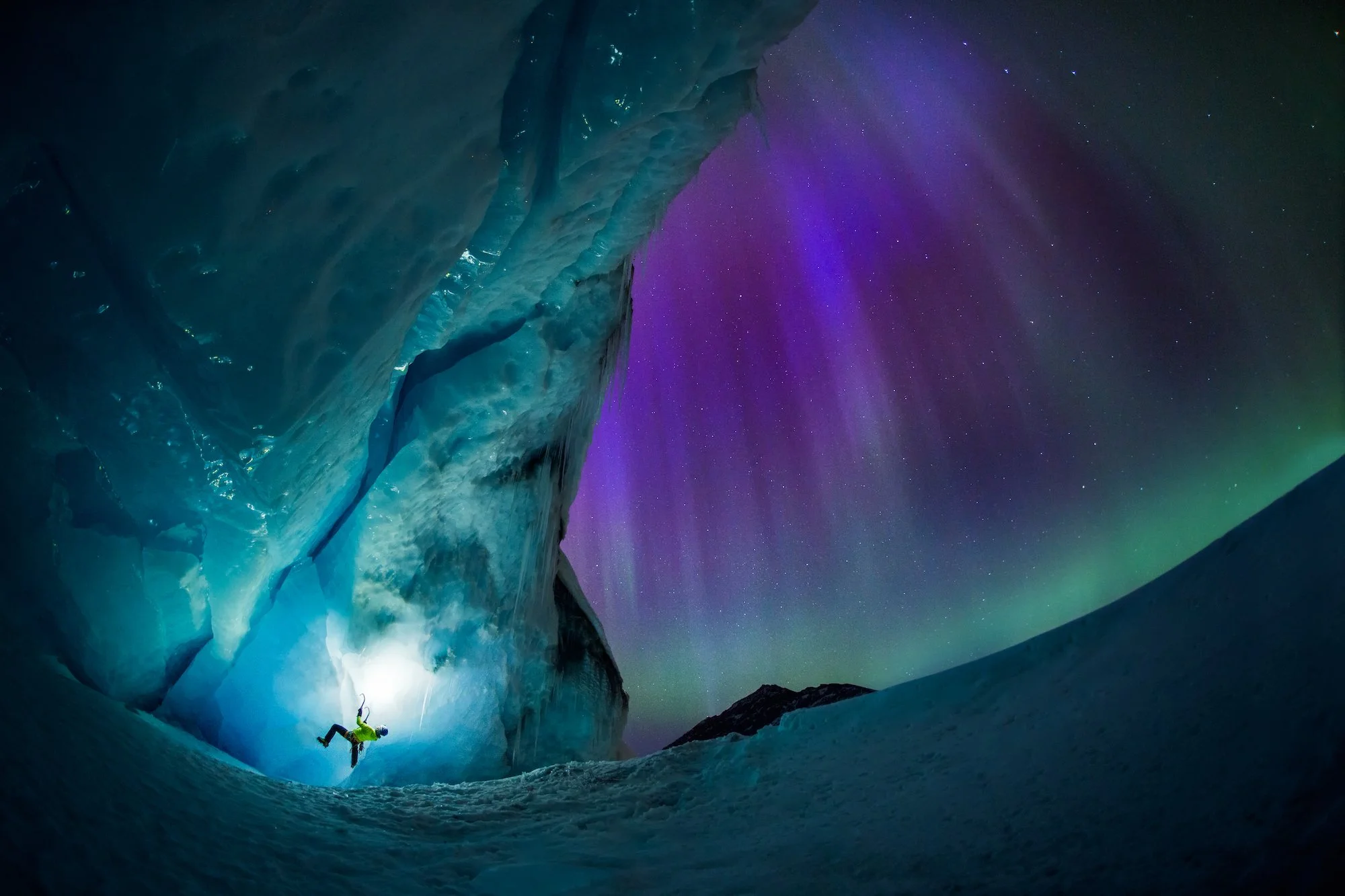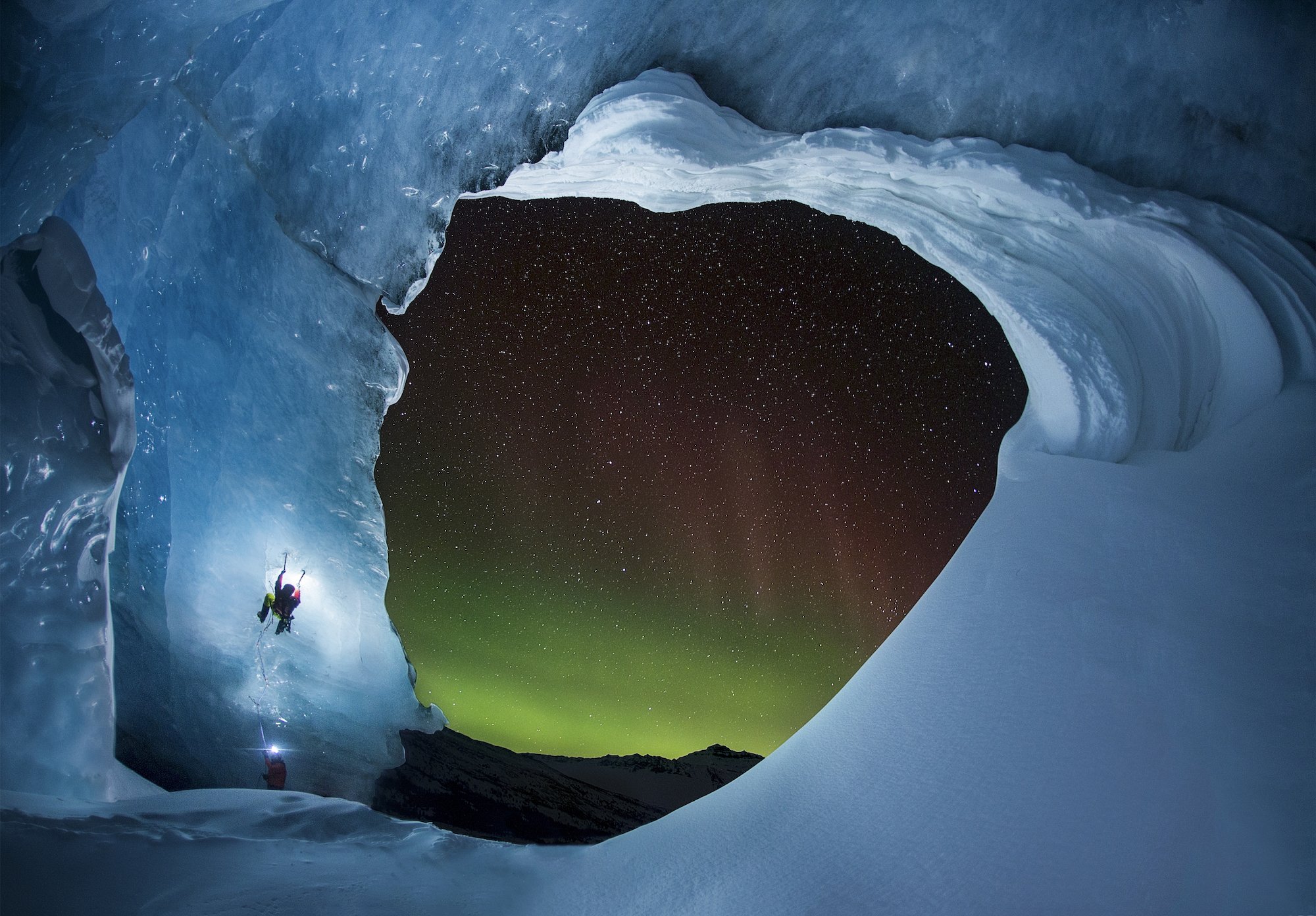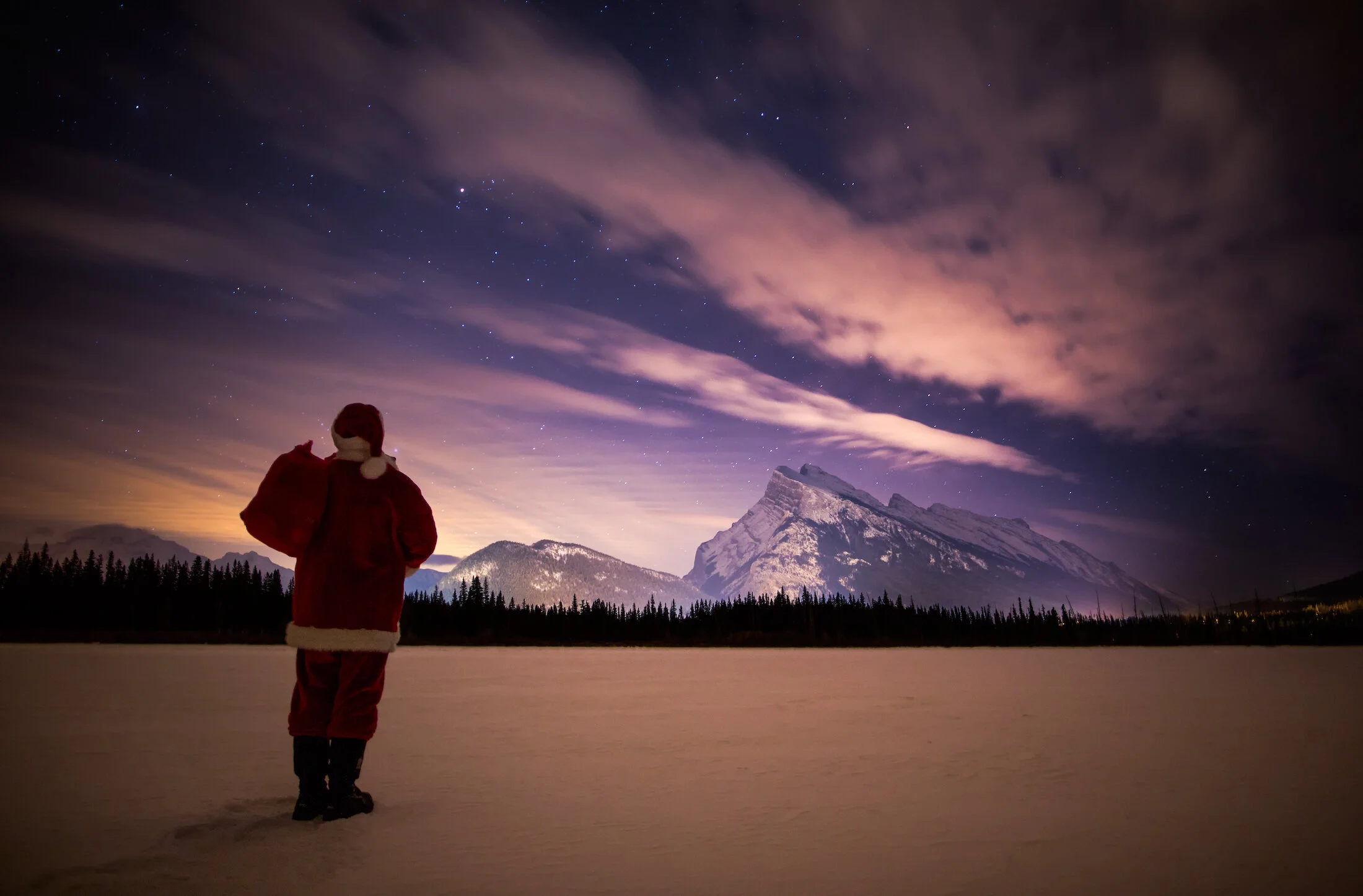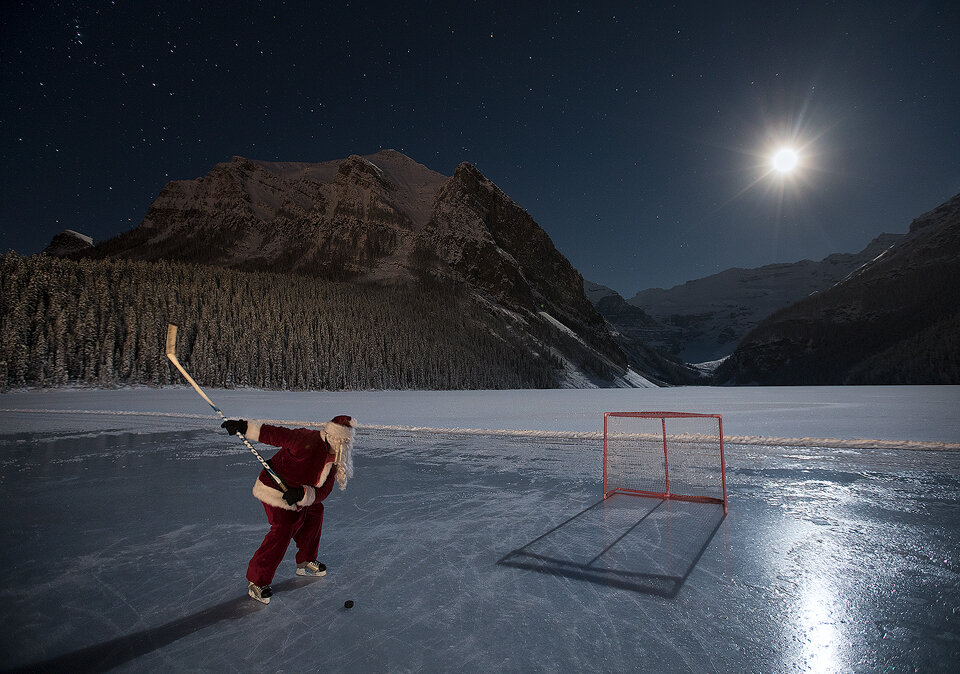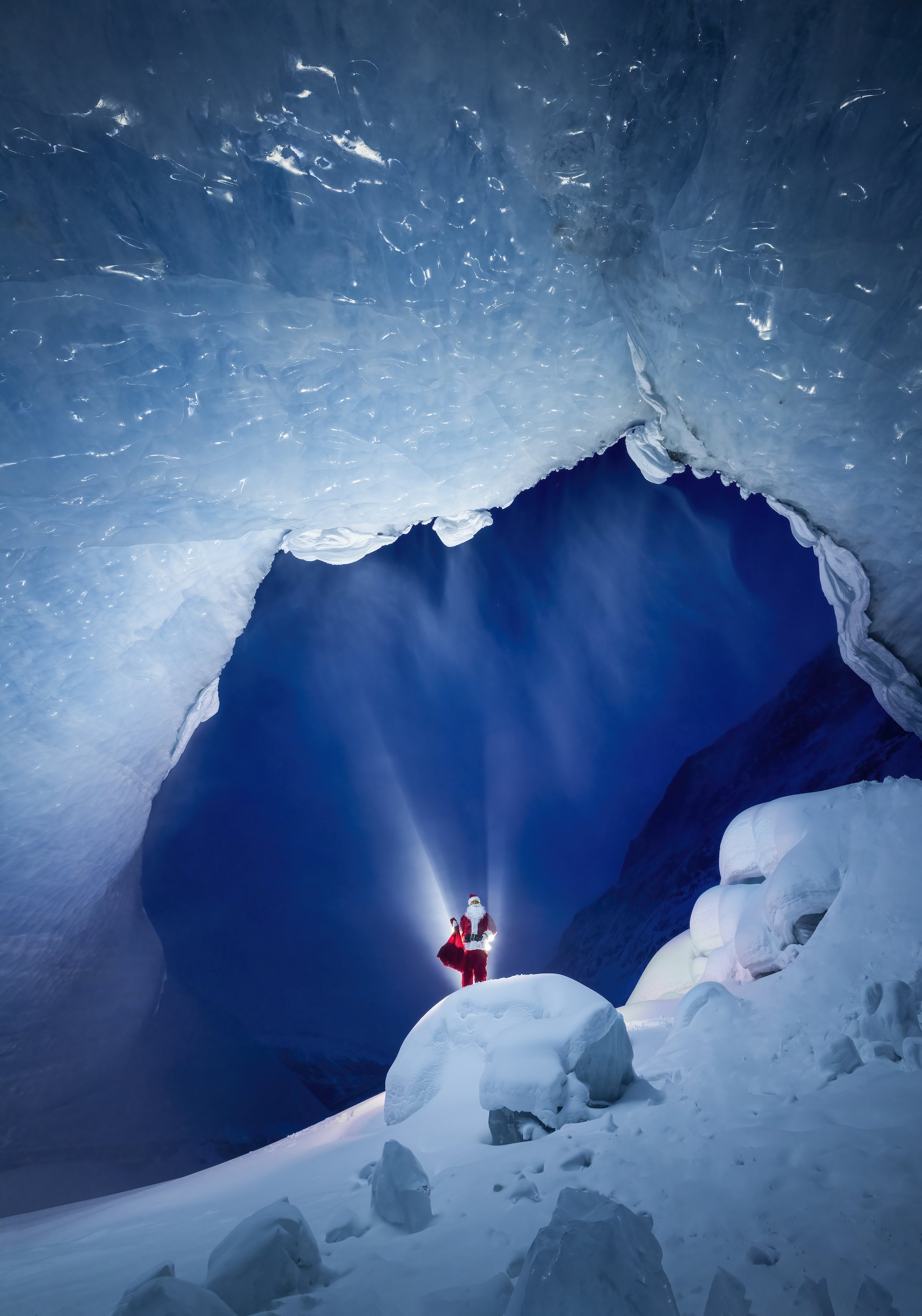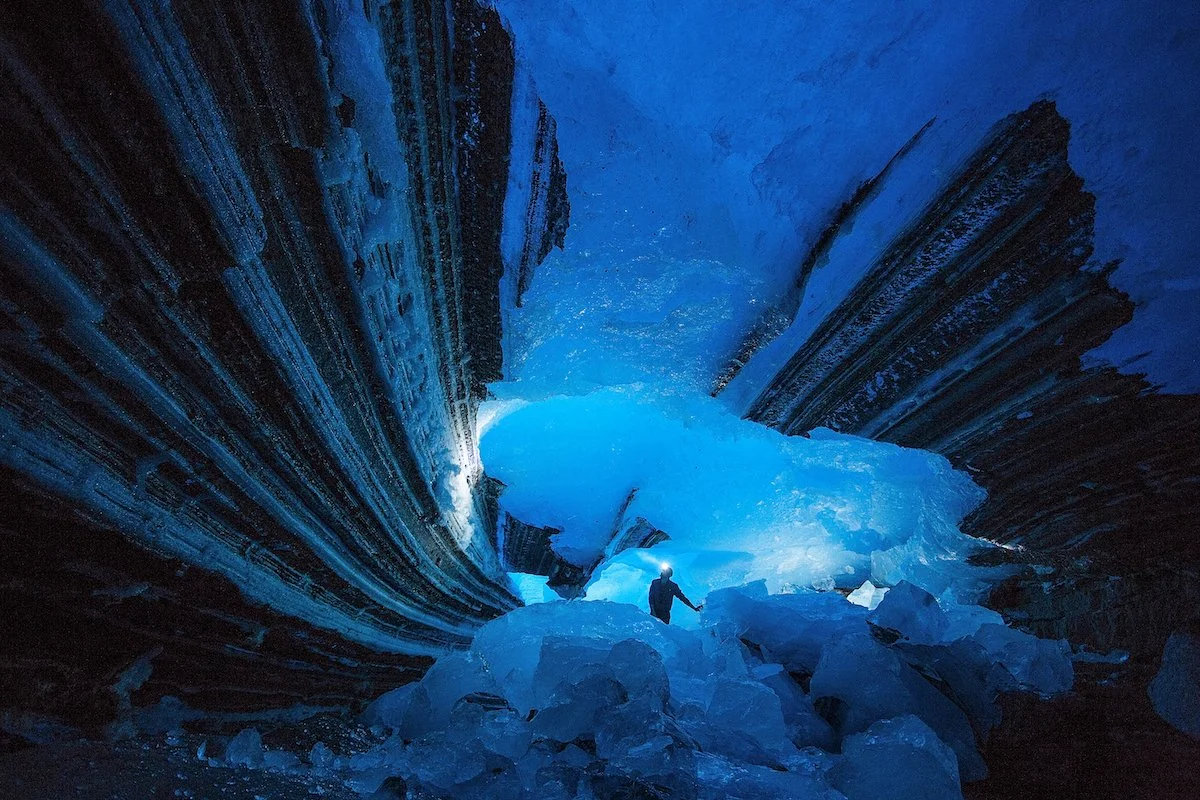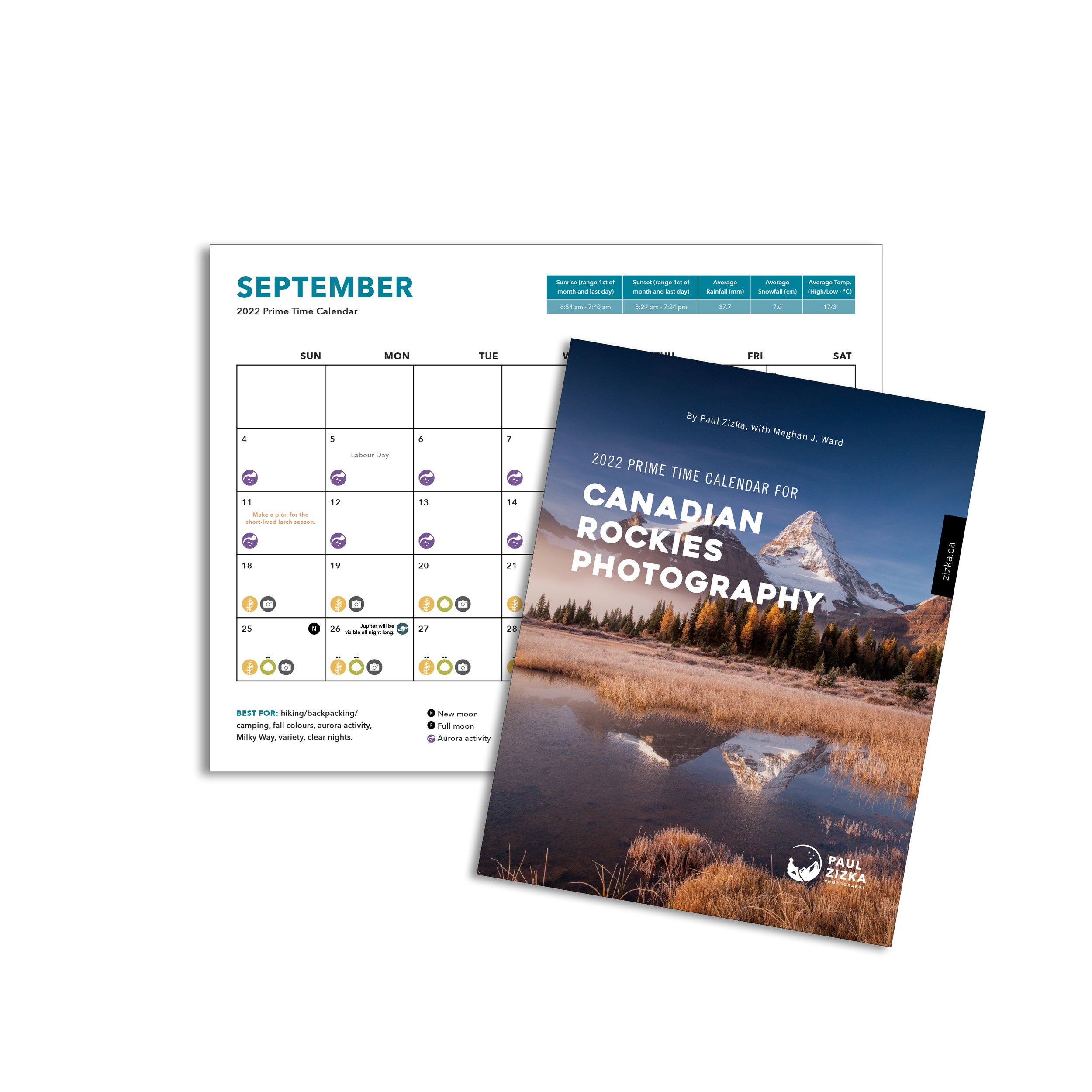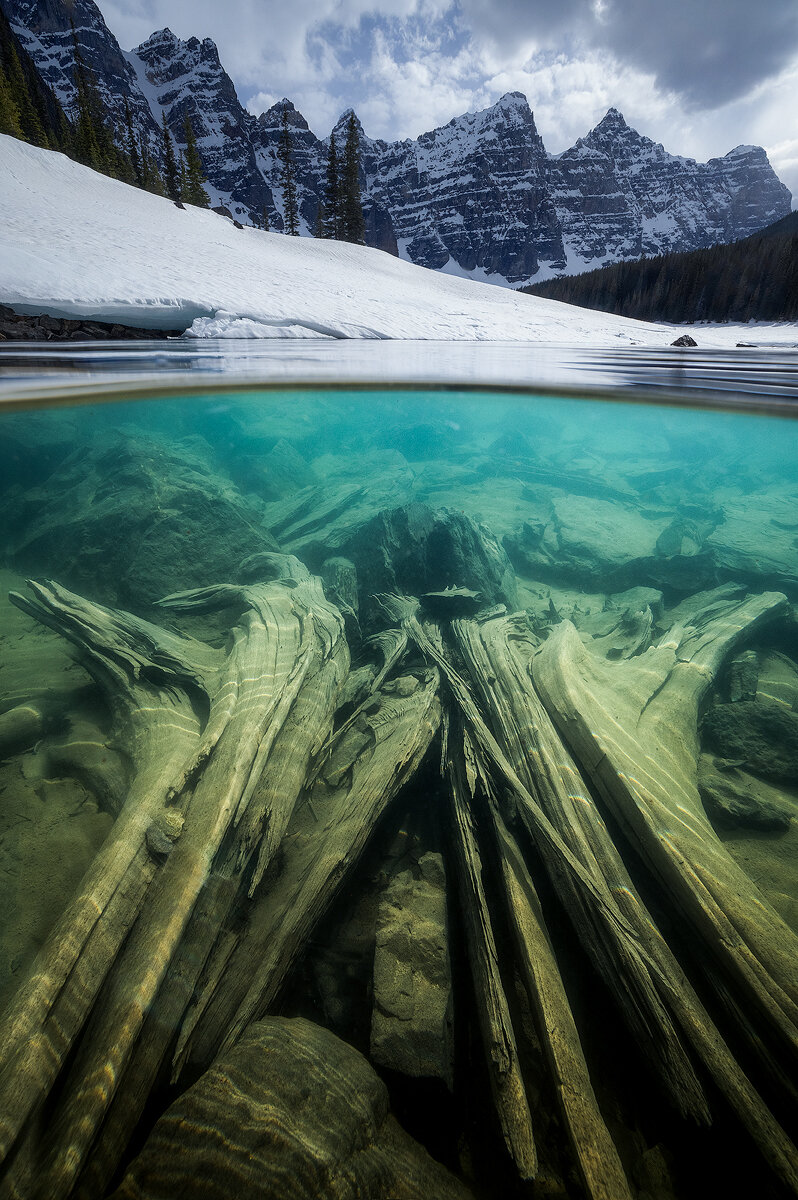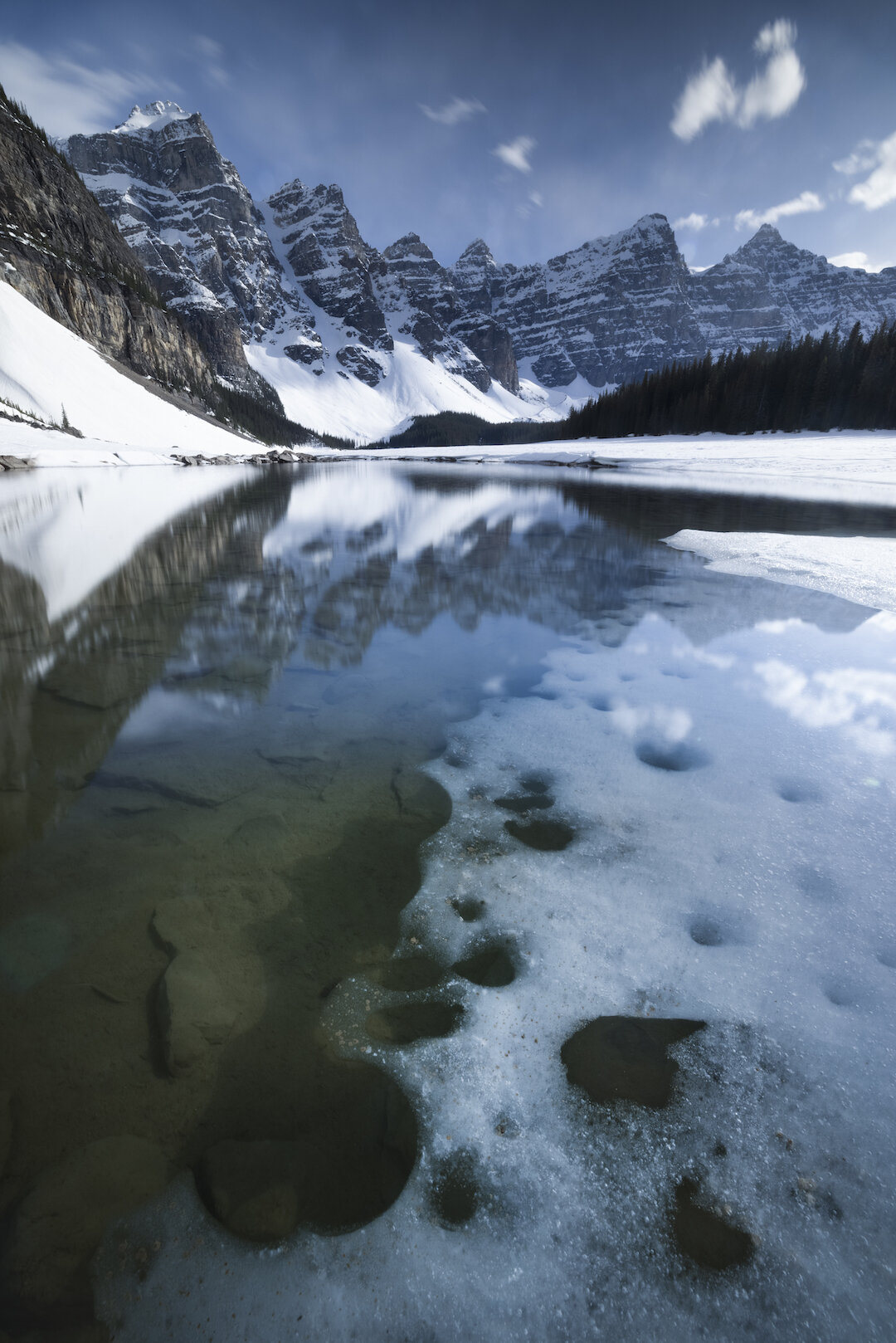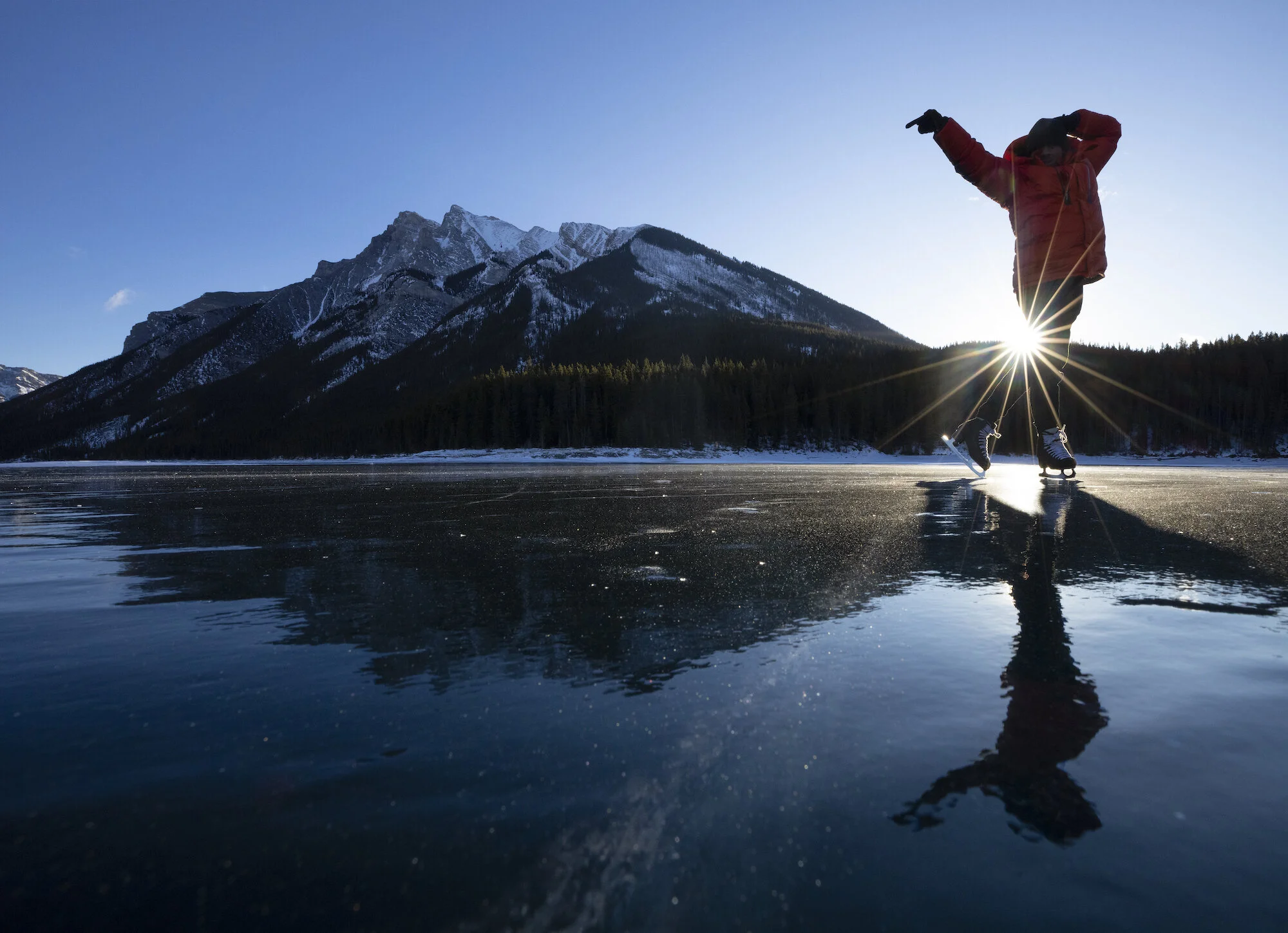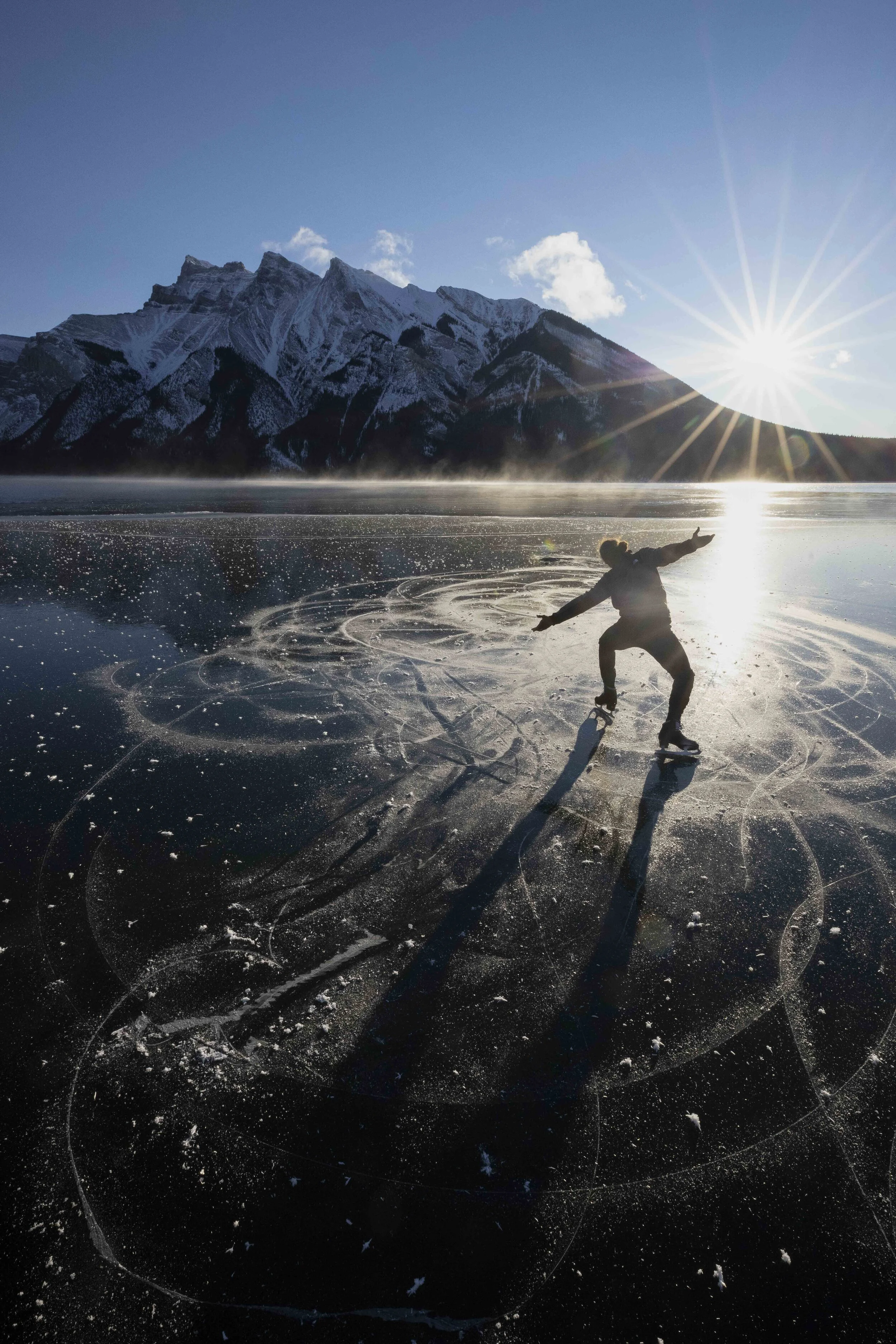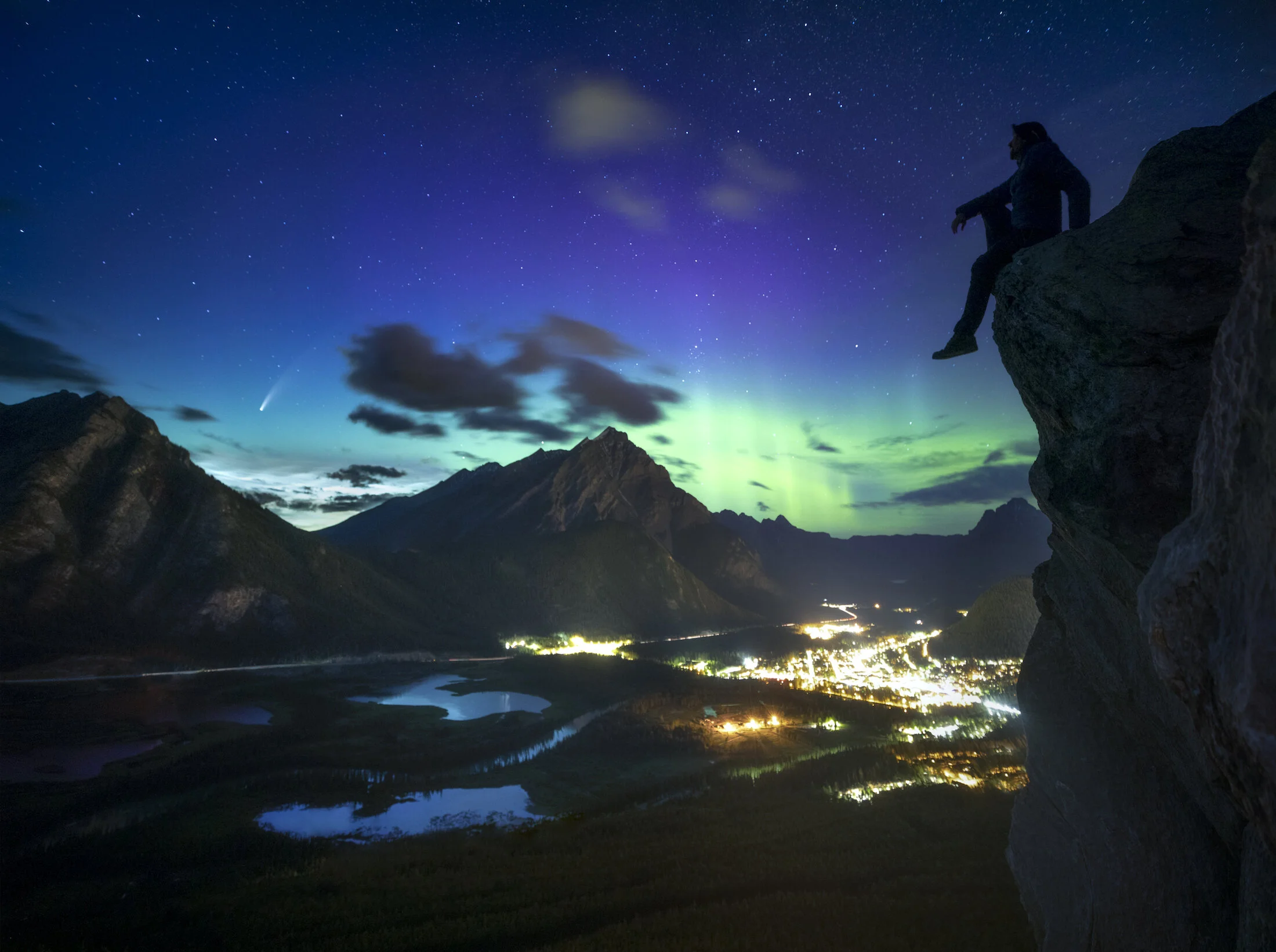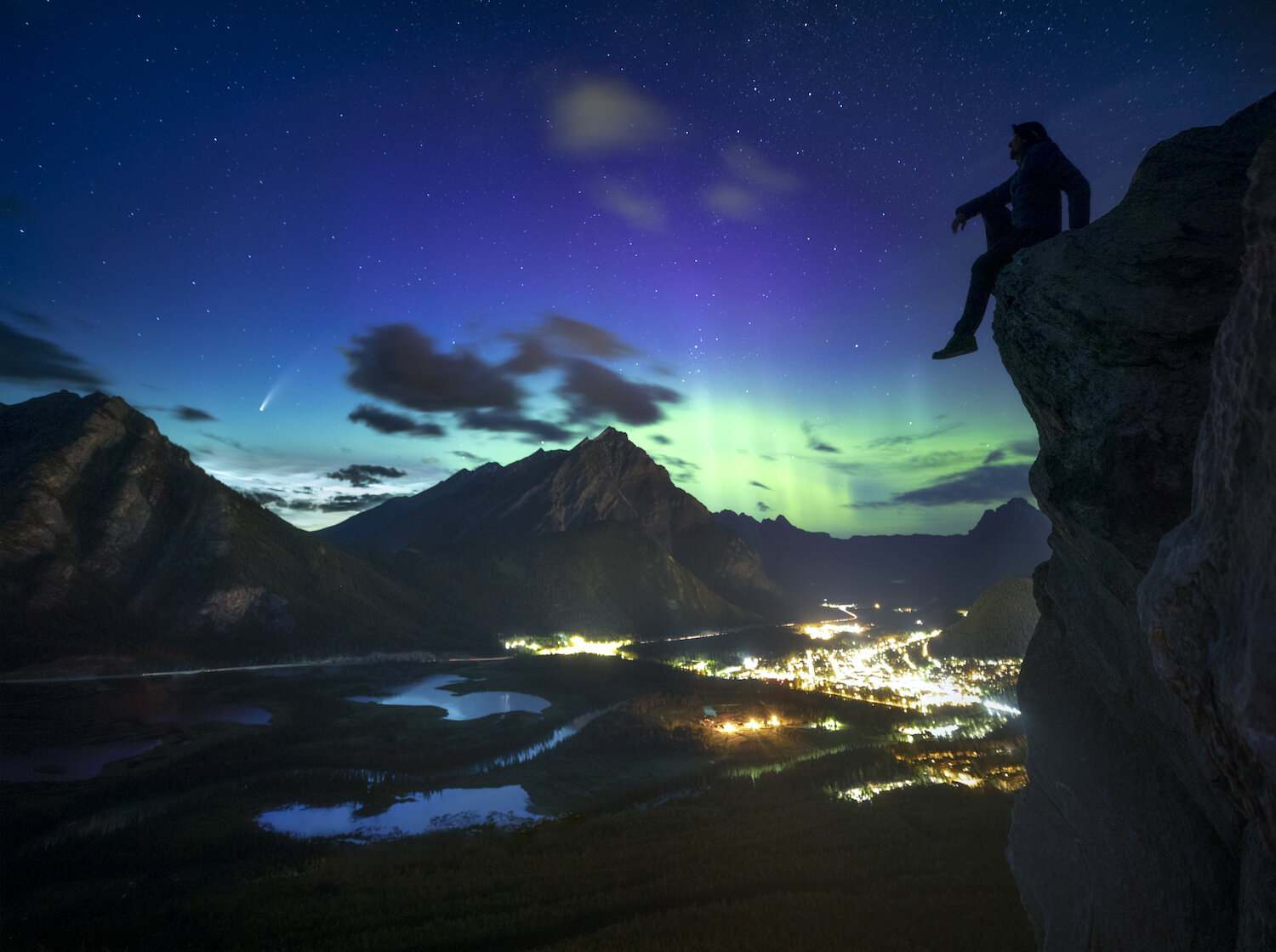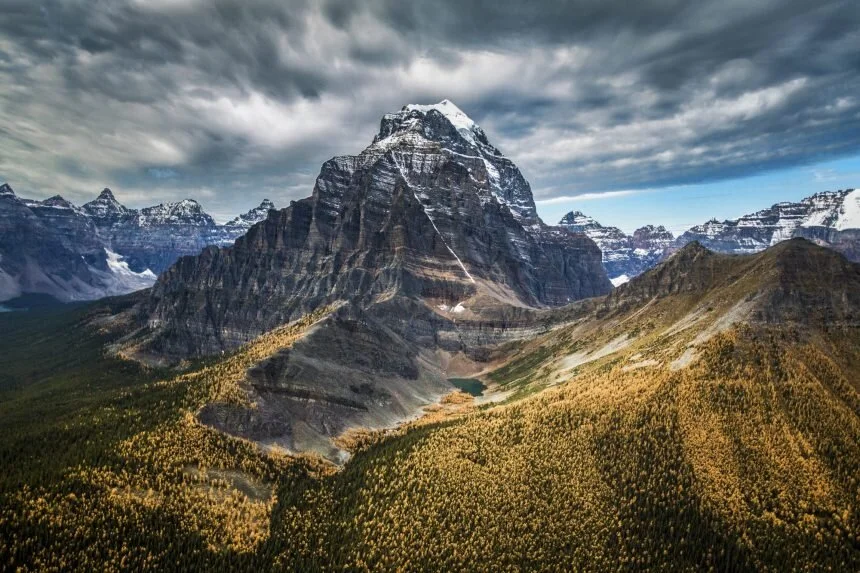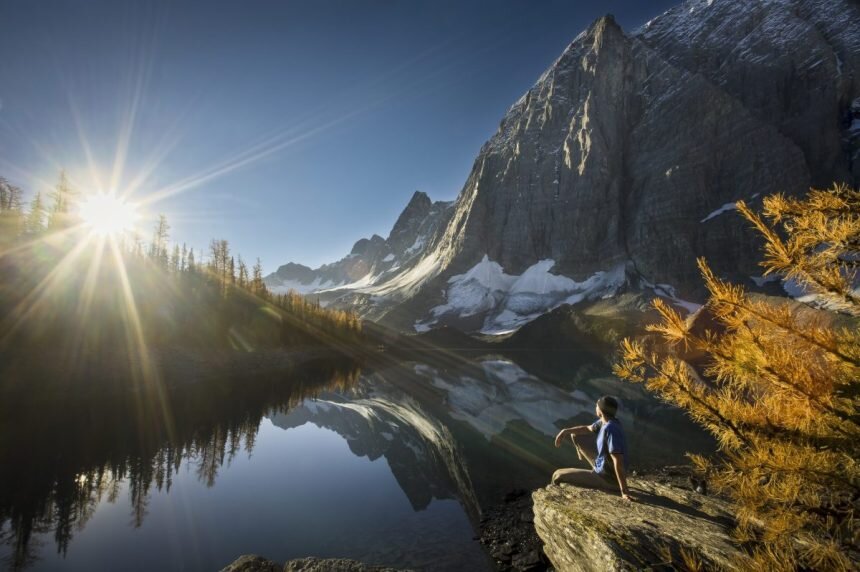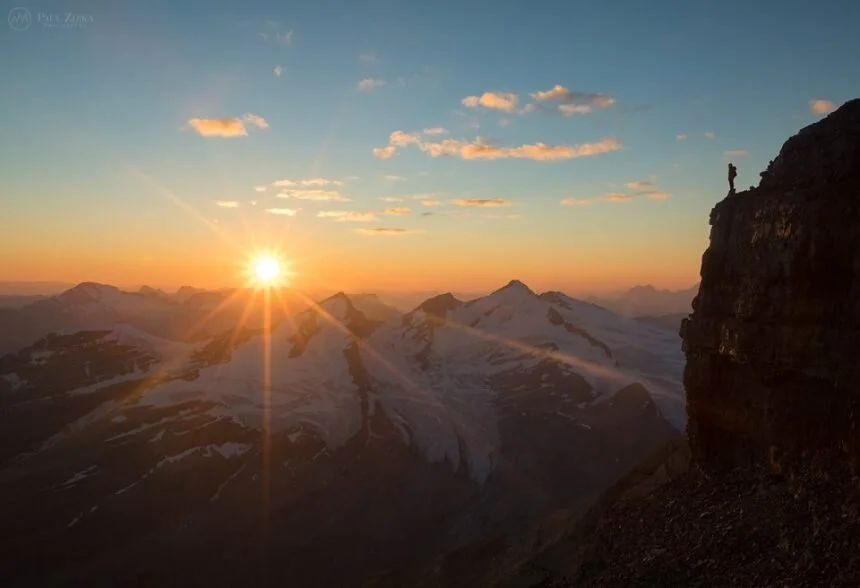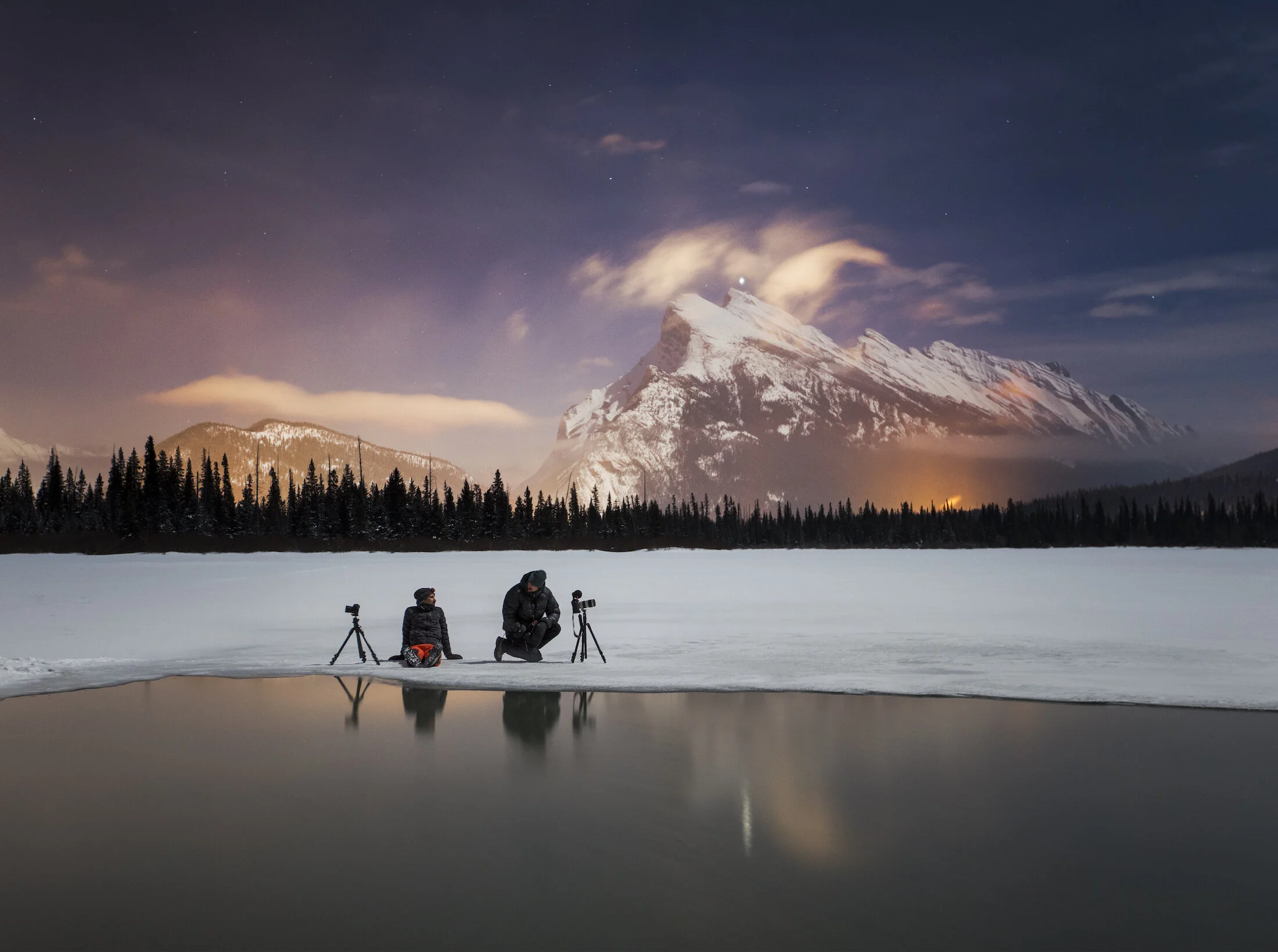
People of Passion
Here in our mountain landscapes, there exist individuals whose passion is as big as the peaks that cradle them. These intrepid souls are artisans of altitude; their canvas is the very terrain that challenges them. Here are just a few of my favourite images from over the years.
Here in our mountain landscapes, there exist individuals whose passion is as big as the peaks that cradle them. These intrepid souls are artisans of altitude; their canvas is the very terrain that challenges them. As a photographer, I have been fortunate to collaborate with many of them over the years. Each frame I think captures not only the physical prowess of these individuals but also the passion they exude when they are doing something they love. It’s contagious to be around!
I am so indebted to all the amazing people who have been featured in my photographs over the years. It's been one of the great joys of this journey to be able to meet and create with inspiring models of all disciplines. Here are just a few of them:
Jeff Thom and Raf Andronowski.
Banhem Harper
Elladj Baldé
Jesse Milner
Bryce Chudak
Sasha Galitzki
Sue Shih
Hanno Sönke
Meghan J. Ward
Dustin Comyn
Vaughn Chipeur
Felix Lee
Carlotta Edwards and Bryce Chudak
Mike Stuart
Elladj Baldé
The Wild Santa Series
He may be plump and jolly, but this big guy can do a whole lot more than just ride a sleigh all over the world in one night. He’s been spotted in the Canadian Rockies on several occasions (hard to miss, he’s always wearing bright red), but you might be surprised at what he’s been up to when he’s not delivering toys…
He may be plump and jolly, but this big guy can do a whole lot more than just ride a sleigh all over the world in one night. He’s been spotted in the Canadian Rockies on several occasions (hard to miss, he’s always wearing bright red), but you might be surprised at what he’s been up to when he’s not delivering toys…
No AI at work here.
Thanks to everyone who has helped me create this Wild Santa series over the years - a tradition first started back in 2014. 😉
Santa burning off some cookies at Vermilion Lakes. Model: Kristen Thorogood. Photo: Paul Zizka Photography.
He sees you when you’re skating. Model: Magali Cote. Photo: Paul Zizka Photography.
Christmas Eve in Banff, Alberta. Model: Self-portrait. Photo: Paul Zizka Photography.
While you were sleeping…. hockey on Lake Louise, Alberta. Model: Lee Nordbye. Photo: Paul Zizka Photography.
Santa takes a break from kids sitting on his knee and goes for a SUP. Model: Sue Shih. Photo: Paul Zizka Photography.
Training for chimney climbing. Model: John Price. Photo: Paul Zizka Photography.
Mrs. Claus takes over in Banff, Alberta. Model: Davina Bernard. Photo: Paul Zizka Photography.
Santa departing the North Pole (Saskatchewan Glacier). Model: John Bennett. Photo: Paul Zizka Photography.
Santa can do more tricks than just delivering toys around the world. On skates at Lake Louise. Model: Bryce Chudak. Photo: Paul Zizka Photography.
Santa, the glacier explorer. Model: Lee Nordbye. Photo: Paul Zizka Photography.
Documenting Vanishing Ice: Q+A with Paul Zizka
I’ve been photographing ice since the very early stages of my career. Whether glaciers, ice caves, frozen lakes, or mountaintops, I would continuously find myself drawn to cold landscapes in search of ice in its many forms, textures, and hues. Icescapes are among the most dynamic, visually exciting, and rewarding places a photographer can document. But as I spent more time shooting ice, it became apparent that I was capturing something that is vanishing.
I’ve been photographing ice since the very early stages of my career. Whether glaciers, ice caves, frozen lakes, or mountaintops, I would continuously find myself drawn to cold landscapes in search of ice in its many forms, textures, and hues. Icescapes are among the most dynamic, visually exciting, and rewarding places a photographer can document. But as I spent more time shooting ice, it became apparent that I was capturing something that is vanishing.
As global temperatures rise, we risk the melting of our polar regions and glaciers. Beyond the long-term human and environmental consequences of melting ice, the loss of these frozen landscapes also signifies the loss of a unique and powerful experience. I realized that my calling as an artist is to document and celebrate ice before it disappears. It’s my responsibility to bring the beauty and mystery of these foreign, enchanting worlds to as many people as possible.
This realization led to the launch of my latest project, Cryophilia.
This project has been met with support, positivity, and much curiosity, so I thought I’d take the opportunity to answer some frequently asked questions.
1. What is Cryophilia?
Cryophilia is an effort to document the rapid changes in glaciers and to celebrate the beauty of glacial ice in Canada and around the globe.
2. How/when did the Cryophilia project start and how did it get its name?
“Cryophilia” comes from ancient Greek meaning “frost loving.” Cryophiles prefer or thrive at low temperatures. I’ve always been drawn to photographing ice, cold places, and the high latitudes and have spent countless hours documenting glaciers ever since I started my journey as a photographer. Cryophilia is a personal commitment to investing a lot of my time and energy as an artist over the next several years to bring to light the changes that are happening in glacial environments and also the incredible beauty of these inhospitable locations.
3. What does the next phase of this project look like?
Over the next few years, I plan to focus a vast portion of my attention and efforts on collecting images from glacial environments, both here at home in the Canadian Rockies and abroad, and bring the photographs to the world. I believe photography has the power to stir up emotion, generate awareness and incite change when other means of communication fail. Eventually, my hope is to convey my findings in a cohesive way through the creation of a book and the presentation of an exhibit.
Ice cave explorations in the Canadian Rockies.
4. What is it about ice that intrigues and inspires you so much as an artist?
For one, there are the aesthetics: I never cease to be amazed by the multitude of shapes, forms, colours and textures a simple compound like ice can display. The possibilities appear infinite. As an artist, I find that ice renews itself and presents itself differently on every new exploration, which keeps the creative process exciting.
The other reason I am fascinated by ice, particularly glacier ice, is that it is becoming rarer, more precious — and it is becoming so at an alarming rate. The changes happening in glaciers worldwide warrant me to document them with urgency. Photography is the perfect medium to record what is occurring in these extremely dynamic environments.
5. What are some of the challenges that this project poses?
Accessing glaciers takes time, and so I expect time to be one of the key limiting factors in this project will be finding the time to visit those places repeatedly. Glaciated areas are characterised by the likelihood of inclement weather, which can make the photography process tedious at times.
6. What are you learning from this project?
I am more and more aware of how fast the ice is vanishing, and of the ramifications of that loss. Beyond the long-term human and environmental consequences of melting ice, for me the loss of these frozen landscapes also signifies the loss of a unique, powerful experience. The stillness and silence of cold places are humbling and wonderfully eerie; they are among some of the most magical on Earth.
7. What do you hope other people learn or consider when they encounter your project?
I sincerely hope that people develop an appreciation for how special, stunning and unique these environments are, and also how fast they are vanishing, on a timescale that we can relate to.
“Icicle Hollow” - Banff National Park, 2022.
8. Tell us the story behind one of the limited edition images in your growing Cryophilia collection.
The above photograph is an example of the fleeting, fascinating features I regularly come across on my visits to the local glaciers. I spotted a small opening in a cornice while wandering along the edge of the Columbia Icefield, and allowed my curiosity to get the best of me. Upon closer inspection, the hole opened onto a small, but stunning crystalline chamber within the glacier. At the end of the room, icicles dangled from the ceiling, shining brightly against the blue walls beyond. Those are beautiful, intricate features that only exist for a few days at most, and they are findings I enjoy sharing with the world, in the hope that they elicit a response to care for these places.
9. How can people support this project and your mission?
I encourage people to look at the images and let themselves be amazed by the diversity, dynamism, and beauty of those underdocumented environments. Let me know how the images make you feel. And develop an appreciation for glacial environments.
Keep following the project:
Official Cryophilia page: https://www.zizka.ca/cryophilia
Project News: https://mailchi.mp/zizka/cryophilia
2022 Prime Time Calendar for Canadian Rockies Photography
I’m excited to launch the 2022 Prime Time Calendar for Canadian Rockies Photography! This planning calendar is a handy tool for photographers so that they can make the most of seasonal conditions and celestial phenomena in Canada’s prized mountain range.
I’m excited to launch the 2022 Prime Time Calendar for Canadian Rockies Photography! This planning calendar is a handy tool for photographers so that they can make the most of seasonal conditions and celestial phenomena in Canada’s prized mountain range.
For the past decade, Paul has been carefully watching when particular seasons unfold, from the needles changing on Lyall's larch trees to methane bubbles appearing in frozen lakes. This calendar combines that knowledge with known celestial or annual events, creating the perfect tool to help you plan your photography in the Canadian Rockies.
→ Note: This is a printable PDF catered to photographers, not to be confused with a hard-copy display/decorative wall calendar.
THIS YEAR THE CALENDAR IS FREE!
What's inside!
* Seasons and peak times for fall colours (Aspen, Lyall's larch and Western larch), methane bubbles, aurora activity, wildflowers, and Milky Way.
* Monthly and annual summaries for sunrise/sunset, average rainfall/snowfall and average temperatures.
* Celestial events, such as meteor showers, planet visibility, lunar eclipses and moon cycles.
* Paul's personal favourite times of the year.
* Recommended photo apps.
* Photo prompts and tips.
* Seasonal road closures in the Canadian Rockies.
Moraine Lake Between Seasons: A Multi-Sport Photography Adventure
Most people know Moraine Lake for its turquoise waters, mountainous skyline, and bustling shoreline but the passing seasons paint entirely different scenes. Come winter, snow blankets the frozen lake and its lonely shores but it is rarely seen or photographed this way because of winter road closures.
Equipped with AquaTech underwater housing for the Canon R5 and aware that Moraine Lake would soon be teeming with visitors, I set out to capture a tranquil moment between seasons.
Most people know Moraine Lake for its turquoise waters, mountainous skyline, and bustling shoreline but the passing seasons paint entirely different scenes. Come winter, snow blankets the frozen lake and its lonely shores but it is rarely seen or photographed this way because of winter road closures.
Equipped with AquaTech underwater housing for the Canon R5 and aware that Moraine Lake would soon be teeming with visitors, I set out to capture a tranquil moment between seasons. I envisioned a shot that simultaneously showed two worlds, the one above the surface and the one below—but getting this shot would take a 22-kilometre self-powered and multi-sport journey timed perfectly without much information about the conditions. It sounded like an ideal adventure for our team at Paul Zizka Photography.
Paul Zizka Photography team member Trixie arrives at Moraine Lake on skis. Photo by Paul Zizka.
Biking the 11-kilometre road to Moraine Lake with skis, poles, ice axe, and camera gear in tow. Photo by Trixie Pacis.
Ready For Anything
I rode off towards Moraine Lake from Wilson Mountain Sports in Lake Louise Village with Meghan and Trixie. We each had skis and poles strapped to our backpacks. Mine was fully loaded with waders, gumboots, underwater housing, camera gear, an ice axe, Honeystingers, and a can of coconut water. I’d heard that plowing had begun on the road into Moraine but had no idea whether we’d be biking for one kilometre or eleven. Climbing the hill to the Moraine Lake turnoff, I hoped I would need all the gear I was carrying.
Moraine Lake is nestled in the Valley of the Ten Peaks at an elevation of 1,885 metres (6,183 feet). The road from Lake Louise Village winds gradually upward for 11 kilometres. The combination of the elevation gain and dynamic time of year meant we could expect a variety of conditions along the way. We navigated patches of ice and slush as we pedalled on and, as luck would have it, the road had been plowed up to the 8-kilometre mark. We stashed our bikes in the forest, swapped to light touring skis, and glided quickly through a section beneath an avalanche path, into a postcard view of the majestic Ten Peaks. The last kilometre or so was a quick descent to Moraine Lake with our fingers crossed for some open water.
Searching for foreground with brand new AquaTech underwater housing for the Canon R5. Photo by Trixie Pacis.
Finding Foreground
We didn’t know what to expect at the lake. Following a stretch of warm weather, I was hoping to find a hole in the ice large enough to submerge my camera into but packed an ice axe just in case. We skied up to the lake and I was thrilled to see open water glistening in the sun. I wouldn’t need the ice axe after all!
I ditched my skis, changed into waders and gumboots, and secured my camera inside brand new Aquatech underwater housing designed for the R5. Having tested the housing in the bathtub before the trip, I was confident it would keep my camera dry.
I wanted to compose a shot with something interesting in the foreground. I waded in, careful not to kick up too much mud or silt as I searched for interesting features beneath the surface. I found colourful rocks, rippled sand, dancing light, and the edge of the ice shelf. I also collected a red solo cup, tattered visor, and golf ball. In the end, what stood out to me most was a submerged tree.
Getting the Shot
After hours without stopping, it was finally time to snap the image. I half-submerged the camera and housing in order to capture the sunken log and the landscape above the surface in a single frame.
One trick I’ve learned for over/underwater photography is to submerge the dome entirely, lift it halfway, line up the shot, then click within the first few seconds (before water streaks on the dome). Here are the images I came away with.
Settings for the first image in the series.
With the mission accomplished, I took bonus photos of Meghan and Trixie from the iconic rock pile and soaked in the view. It’s rare to share Moraine Lake with only two other people. At around 4 pm, we clicked into our skis and trudged back to where we stashed our bikes. The plow had made progress since we last saw it, which meant that it wouldn’t be long before the usual crowds were back. We hopped back on bikes and enjoyed a downhill ride into the sunset.
There’s a lot that goes into the making of an image like this. Taking the shot only took five minutes while the round-trip took nine hours all in. That said, I always encourage putting the experience before the image. Going in, I knew that whether or not I got the image I was after, it would be a great team adventure.
Standing before a reflection of the Ten Peaks in Moraine Lake with AquaTech underwater housing in hand. Photo by Trixie Pacis.
The Gear
Images like these wouldn’t be possible without the right gear. I rely on underwater housing from my partner AquaTech for all of my underwater photography. I used AquaTech Edge Sport Housing for the Canon EOS R5 and was super impressed with the level of clarity it provided. Facing challenging conditions where the water is chilly and the light changes quickly, I was also glad to have reliable gear that made my job easier.
This adventure was also supported by bike and ski equipment from the fantastic team at Wilson Mountain Sports.
Magic on Minnewanka: Wild Skating with Paul Zizka and Elladj Balde
The chase for wild ice is what brought Banff-based photographer Paul Zizka and professional figure skater Elladj Baldé together to make some magic.
by Trixie Pacis
See this article and find more great Alberta content on Travel Alberta.
Magic on Minnewanka
As winter unfolds in the Canadian Rockies, lakes freeze into picturesque skating rinks encircled by snow-capped peaks. Enthusiasts know that timing is everything. They watch for ideal conditions, which exist for a fleeting window when the ice is thick enough, but snow hasn’t fallen yet. This makes wild skating more like a thrilling chase than a pastime.
The chase for wild ice is also what brought Banff-based photographer Paul Zizka and professional figure skater Elladj Baldé together to make some magic.
The pair connected unexpectedly through Instagram. Baldé was creating a piece about the evolution of his relationship with ice but had never skated in the wild before. He reached out to Zizka, who had been posting skating adventures all season long. Plans hatched organically. All they needed was some fresh ice!
So, Zizka went on a search. After a cold night scouting new ice along the banks of Lake Minnewanka, he landed on a natural rink that could do the trick. Would Baldé think the ice was smooth enough to pull off his signature backflip?
There was only one way to find out.
Elladj Baldé finds fresh ice on Lake Minnewanka during his first-ever wild skate. Photo: Paul Zizka
Sharing the Magic
Baldé may have been late to the outdoor skating party, but he is certainly making up for lost time. Now that Baldé calls Calgary home, the pair have met on several occasions to create images and skate. Baldé even joined Zizka’s annual 50-kilometre round-trip traverse of Lake Minnewanka this January.
Moments before setting off, Baldé called his first wild skating experience a “transformational moment” in his life.
“I grew up with my career being based in the competitive world and being on the ice in order to be the best,” he said. “Having the opportunity to come out here and skate on a lake has just totally shifted this perspective I’ve had on what I do when I’m on the ice. I realized I could actually be on the ice and just play and be free and create.
Moments after capturing the backflip, Zizka and Baldé reflect on the magic of skating outdoors. Photo: Paul Zizka
For Zizka, the highlight of their first Minnewanka skate was introducing Baldé to the experience. “Many people are familiar with that sensation, that freedom that you get from effortlessly gliding across pristine ice. It’s almost like floating,” Zizka explained. “But once you add the green and blues below, and some of the most spectacular skylines reflected all around you, it really takes the experience to another level, and it’s something you can’t help but want to share with the rest of the world.”
The Banff community is made up of people from all over the world and all walks of life, drawn together to these remarkable mountains. It is a community connected by invisible forces, like a sense of pride for this place, seasonal traditions like skating and the bonds formed out in nature.
These invisible forces are just the kind of “magic” that needs to be shared.
As for Zizka and Baldé, rest assured they have more ideas, adventures and magic up their sleeves.
Baldé and Zizka continue to skate and shoot, even as the sun dips behind the surrounding mountains. Photo: Paul Zizka
Find more incredible Alberta content at TravelAlberta.com.
Trixie Pacis is a freelance writer and digital creator who travels the way she sips her coffee — slowly. After leaving Vancouver to explore and freelance abroad, she is thrilled to call the Canadian Rockies home. Her work has been published by Passion Passport, Mapped, Inside Himalayas and more. She also assists Paul Zizka Photography with all things social media. Follow Trixie’s wilderness adventures on Instagram (@trixie_).
Resources for Photographing the Canadian Rockies
Each week I get emails or messages from fellow photographers asking where they should photograph in Banff National Park and the Canadian Rockies. Others ask me where to go hiking or scrambling so that they can get off the beaten track. I love getting these questions and seeing people’s enthusiasm for shooting these beautiful mountain landscapes.
Each week I get emails or messages from fellow photographers asking where they should photograph in Banff National Park and the Canadian Rockies. Others ask me where to go hiking or scrambling so that they can get off the beaten track. I love getting these questions and seeing people’s enthusiasm for shooting these beautiful mountain landscapes.
To provide you with some direction, I thought I’d compile a list of resources that will help you photograph the Canadian Rockies – books, websites and apps you can leaf through for yourself to identify your next photo sweet spots.
Mt. Rundle, Banff National Park. Photo by Paul Zizka Photography.
Books About Hiking, Scrambling and Mountaineering
Canadian Rockies Trail Guide, by Brian Patton and Bart Robinson
The definitive and comprehensive Canadian Rockies hiking guide book.
Classic Hikes in the Canadian Rockies, by Graeme Pole
An experienced hiker/author compiles his list of classic hikes in the Rockies.
Scrambles in the Canadian Rockies, by Alan Kane
The best resource for beginner to advanced scrambles in the Canadian Rockies.
11,000ers of the Canadian Rockies, by Bill Corbett
All the big peaks of the Rockies in one comprehensive guidebook.
Canadian Rockies Photography Facebook Group
Join our Facebook Group dedicated to exploration and creativity through photography in the Canadian Rockies!
E-Book: Photography in the Canadian Rockies
For my opinionated guide on 60+ locations between Banff and Lake Louise, check out Paul Zizka’s Guide to Photography in the Canadian Rockies.
* Features 60+ locations organized into regions:
1. In and Around Banff Town
2. Lake Minnewanka
3. Bow Valley Parkway
4. Banff to Lake Louise via HWY1
5. Lake Louise and Area
* The best spots to shoot aurora borealis, wildflowers and fall colours.
* Easy-to-use symbols to guide you through each location, as well as access to online map.
* Suggested itineraries for 1 or 3 days in summer and winter.
Get your copy of Paul Zizka’s Guide to Photography in the Canadian Rockies.
Some locations in the Canadian Rockies are obscure, require good fitness and navigational skills. If you’re really keen to venture off the beaten track, I highly recommend you invest some time in finessing these skills. Coleman Lake, backcountry of Banff National Park. Photo by Paul Zizka.
Apps for Photography + Tracking Weather and Skies
I’ve been an iPhone user for years, and rely on a number of apps to help me make the most of my photos and “read the skies” in the Canadian Rockies.
Photo Apps
PhotoPills: Sort of a Swiss Army knife for photographers and great for planning shoots precisely.
The Photographer’s Ephemeris: Another great photo planning app.
Weather/Sky Apps
SpotWx: precise, thorough weather info.
StarWalk: A stargazing app, great for identification of constellations and celestial features.
ClearDarkSky: for cloud cover
Webcams
It’s easy to overlook this one, but webcams give you an instant look at conditions from higher elevations and in distant areas.
Aurora Watching Web Resources
Perhaps the biggest question of all is where people can shoot the auroras in the Canadian Rockies. Thanks to our dark skies, you have a good chance of seeing them if they’re out, so long as there is no cloud cover.
One of the best resources for tracking them in Alberta is the Facebook group called Alberta Aurora Chasers. You can request to join here: AlbertaAuroraChasers.
I have also compiled my personal favourites in another blog post. You’ll need to learn to read the data, but you’ll find the full collection in Aurora Watching Web Resources.
NEOWISE in the Skies over Banff, Canada
It has been a once in a lifetime – more like millennia – event. The comet NEOWISE has been visible in the dark skies over my home town of Banff, Alberta, and it’s been a highlight of my career to photograph it. Knowing it’s such a rare event has added an exhilarating element to the creative task of capturing it, and to see it converge with such celestial wonders as the aurora borealis has been an unforgettable experience.
It has been a once in a lifetime – more like millennia – event. The comet NEOWISE has been visible in the dark skies over my home town of Banff, Alberta, and it’s been a highlight of my career to photograph it. Knowing it’s such a rare event has added an exhilarating element to the creative task of capturing it, and to see it converge with such celestial wonders as the aurora borealis has been an unforgettable experience. You can find my favourite images below!
According to NASA: “Discovered on March 27, 2020, by NASA’s Near-Earth Object Wide-field Infrared Survey Explorer (NEOWISE) mission, Comet NEOWISE is putting on a dazzling display for skywatchers before it disappears, not to be seen again for another 6,800 years.”
→ All of these images are available as limited edition prints in our online print shop.
Comet NEOWISE over Banff, Canada. Photo: Paul Zizka.
Comet NEOWISE, noctilucent clouds, northern lights and mountains all join forces to create the most amazing celestial display over Banff, Canada. Photo: Paul Zizka.
Comet NEOWISE above Bow Falls, Banff National Park. Photo: Paul Zizka.
NEOWISE cruises over Cascade Mountain and the Town of Banff, Canada. Photo: Paul Zizka.
A climber descends by headlamp with NEOWISE looking on in Banff National Park. Photo: Paul Zizka.
Comet NEOWISE travelling over the Fairmont Banff Springs Hotel and the Spray River, Banff, Canada.
→ All of these images are available as limited edition prints in our online print shop.
11 Larch Images to Ring in the Fall
Larch trees are one of the only conifers that do not lay claim to the ‘evergreen’ title. These unique trees are well known for lighting up fall in the Canadian Rockies by turning their regularly green, soft needles vibrant yellow before shedding them completely to tuck in for winter. Igniting the landscape for a short season each year, they are a stunning subject for photography, and one of my personal favourites.
Larch trees are one of the only conifers that do not lay claim to the ‘evergreen’ title. These unique trees are well known for lighting up fall in the Canadian Rockies by turning their regularly green, soft needles vibrant yellow before shedding them completely to tuck in for winter. Igniting the landscape for a short season each year, they are a stunning subject for photography, and one of my personal favourites.
What’s your favourite larch image? Let me know in the comments!
All images in this gallery are available as stock or limited-edition prints. Please contact us with any inquiries.
Sun bursting at Floe Lake, Kootenay National Park. Photo by Paul Zizka Photography.
"Autumn Hues." From Panorama Ridge, looking down towards the Lower Consolation Lake. Photo by Paul Zizka Photography.
Sunshine Meadows/Mount Assiniboine Provincial Park, British Columbia, Canada. Photo by Paul Zizka Photography.
Aerial of Mount Temple, Banff National Park. Photo by Paul Zizka Photography.
Shoreline larches at Sunburst Peak, Mt. Assiniboine Provincial Park. Photo by Paul Zizka Photography.
Cathedral Peak, Lake O'Hara, Yoho National Park. Photo by Paul Zizka Photography.
Aerial view of (L-R) Lake Louise, Mirror Lake and Lake Agnes, Banff National Park. Photo by Paul Zizka Photography.
Check out eBook: Paul Zizka’s Guide to Photography in the Canadian Rockies for the inside scoop on the best spots to choose autumn colours between Banff and Lake Louise. Use code FALL20PZP to get 20% off!
Clouds rising over golden larches, Mount Assinboine Provincial Park, British Columbia, Canada
The Lone Larch, Kootenay National Park. Photo by Paul Zizka Photography.
Zigadenus and Myosotis Lakes, Banff National Park. Photo by Paul Zizka Photography.
"Autumn Gold." This shot was taken by Eiffel Lake, on the way to Wenkchemna Pass. Photo by Paul Zizka Photography.
→ Click here to download wallpaper for your iPhone, Desktop or Tablet.
All images in this gallery are available as stock or limited-edition prints. Please contact us with any inquiries.
15 Images to Get You Stoked for Summer in the Canadian Rockies
The air is warm, snow is melting, wildflowers are sprouting, and lakes have returned to their vibrant blues. Summer in the Rockies is prime time for photography, and as locals know it can be extremely short-lived.
The air is warm, snow is melting, wildflowers are sprouting, and lakes have returned to their vibrant blues. Summer in the Rockies is prime time for photography, and as locals know it can be extremely short-lived. I personally don't take on a whole lot on the work front between now and September as I try to carve out creative and exploratory time with the camera. Here's to a lengthy, colourful, adventurous summer season that is full of possibilities!
I hope these images encourage you to find your next adventure in the Canadian Rockies, whatever that looks like for you. We can always go further, see what's around the next corner, stay up a bit later, and discover something new.
What's your favourite spot in the Canadian Rockies? Tell me in the comments!
All images in this gallery are available as stock or limited-edition prints. Please contact us with any inquiries.
Click any image to enlarge.
All images in this gallery are available as stock or limited-edition prints. Please contact us with any inquiries.
